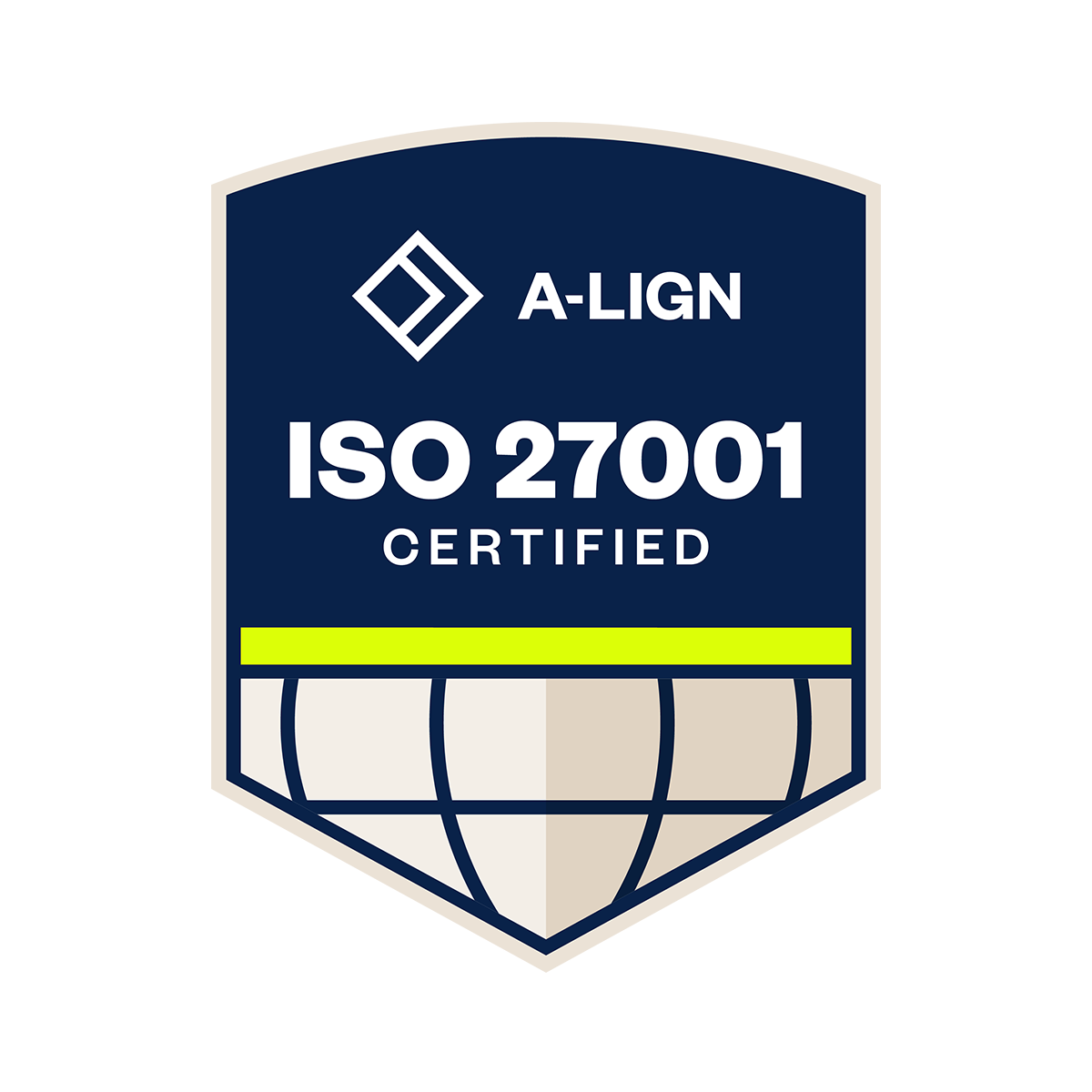Organizations and ecosystems, among many other constructs, rely on a carefully struck balance between different populations, devices, and dynamics. Aviation, as the industry’s experts and practitioners know, is one of these constructs.
This industry depends on many devices, one of those being airports. Airports themselves, however, are also contained systems that must maintain balance between their operations.
Runway pavement is one of those essential airport operations. Planes need well-kept pavement to land, take off, and move about a taxi-way safely. And because runways degrade through use and exposure to weather, airfield crews need to monitor pavement conditions and repair deficiencies. Effectively, crews need to operationalize runway maintenance.
Fortunately, airports have done this with Part 139 operations, and offers a model for pavement management.
Data and People
Airfield crews are familiar with standardized approaches to operations. Aviation, as an industry, requires precise data, which airfield crews capture through regular inspections.
Pavement management is no exception to this rule. Much like airfield inspections, pavement requires frequent and thorough inspections to ensure its quality and that it fosters a safe environment for aircraft.
This naturally generates a lot of data. Airports need to have the data gathering and reporting infrastructure to support this reality. Pavement, maybe almost deceptively, takes up a lot of space, even at small airports. The length of a runway will also depend on the types of aircrafts a hub typically services. Larger airports typically have runways that span at least a mile, if not two or more. And, to support heavier aircraft, pavement can be as thick as a meter.
Due to the gargantuan size of runways, personnel will need a lot of time to parse through the runway and identify discrepancies and hazards of the pavement. Personnel that are new to the process will need to be trained to notice issues and how to catalog them, as well. Inspectors on the runway should be enabled so that a runway is inspected properly, airport management can remedy issues, and the airport can reassure aircraft pilots that facilities are safe and usable.
Data and personnel are at the center of this operation. If both are so important to pavement management, then airports should do what they can to facilitate how their personnel perform the operation and how the data within is gathered.
Tech Lends a Hand
Airports are no strangers to technology. While a small percentage of airports still operate on pen and paper or manual processes, many have implemented technology for inspections, administration, or other operations.
Technology is well-rooted in Part 139 and airfield inspections in particular, and a number of platforms offer solutions for Part 139 and airfield inspections (including Veoci). Through platforms, airfield crews can greatly streamline inspections, create new efficiencies in the processes, and ultimately save funds, either directly or by reducing spending on person-hours.
At a high level, pavement management is similar to Part 139 and airfield inspections. Both operations need a data gathering tool, a way to catalog known issues, and to kickstart work orders.
So, if an airport were to build a pavement management program, it would need to mirror, in part, existing solutions for Part 139 operations.
First, a pavement management program would need to support large-scale data handling. The program would need infrastructure for not only gathering information in a standardized manner, but for storing that information for later reference.
Most of the data will be issues inspectors find; inspections, however, are just the first step in the process of maintaining a runway. A pavement management system should also use that data to spur corrective actions. When a deficiency is found and entered into the system, a work order should be generated and sent to the appropriate stakeholders.
Setting Up a Pavement Management Program
The FAA provides airports a checklist for developing a pavement maintenance program (PMP), helping airports and their teams maintain runway pavements. The steps the FAA provides are a guide, but note that airports should customize according to their unique needs.
1. Pavement Inventory
The first step in the pavement management system is taking inventory of the roads that are included in the plan.
The inventory should tell the history of the sections. To help to quickly identify the pavement elements that need maintenance, all the pavements are sectioned off on a map for reference.
The map should also include the condition and special requirements of its identified pavement elements. It’s more efficient if these elements are grouped together. Some factors to determine when grouping the elements are:
- Type of Pavement: Pavements are classified into three categories: flexible, rigid, and overlays. Flexible pavements surfaces are bituminous and can bend to meet the strain of traffic. Rigid pavements are surfaced with portland cement concrete (PCC) and offer a stiffer material. Overlay pavement is a mix of the pavements.
- Age of Pavement: The age of the pavement is an important factor, but it can be misleading. Construction, materials quality, and use can age pavement faster. However, this metric is still helpful when comparing the conditions of the pavements across the airport.
- Pavement Usage: Some areas have variable usage, and this is a critical piece in determining priority in a maintenance schedule.
- Pavement Materials and Base Characteristics: The different types of materials in each layer determines the strength of the pavement. Layers consist of the surface course, base, subbase, and subgrade. Capture each of these details.
- Drainage Characteristics: The level of moisture within a pavement layer will affect its strength. When that level is high, that pavement layer’s strength will start to decrease.
2. Inspection Schedule
When maintaining runways, an inspection schedule will keep pavement issues in the light. Determining the frequency of that inspection schedule will require assessments of the pavement needs across the airport.
Airport teams should perform inspections at least once a year as a minimum. Inspections capture distresses and needed maintenance. If pavement condition index (PCI) assessment favors, inspection frequency can be pushed to three years.
The scheduled inspections also help reduce the lifecycle cost of pavement management. Airports can cut the rate of full-scale maintenance inspections through scheduled inspections and free up time on a daily, weekly, or monthly basis for personnel. A preventive maintenance program promotes regular inspections and will allow an airport to extend the life of runway pavement by showing airport operators pavement defects and enabling repairs.
Another to-do list item is drive-by inspections. These must be conducted a minimum of once per month. This will help detect any unexpected problems in the pavement conditions.
3. Record Keeping
Keeping record of all the inspections and maintenance of any kind is a must. Airport owners and operators must keep these reports for at least a minimum of five years. The records must contain: inspection dates, location, distress types, and scheduled or performed maintenance.
4. Information Retrieval
An airport sponsor is allowed to use any form of record keeping, if appropriate, to provide information and records from the pavement survey to be redeemed upon request.
Expanding a Pavement Management Program
The technical components discussed above are necessary. Other pieces can be added via the right platform, however, to enhance the program and make it more productive and efficient overall.
Personnel are one of the cornerstones of this operation. A platform can enable an airfield crew by cutting out paper, for example. A crew can also easily learn an intuitive platform, helping get the program up to speed and operational quickly.
More importantly, a smart platform can incorporate the pavement life cycle into a program. Automatic, scheduled notifications can ensure timely maintenance and reduce the number of discrepancies that develop overall. This set-up also pushes a proactive approach.
Better Pavement Management
Most people don’t realize how important good pavement is to a functioning airport. But those in the industry recognize its role in the larger picture, and know it takes active management to maintain. Introducing software for a pavement management program, as many airports have done for Part 139 and airfield inspections, can introduce standardization and elevate a pavement management program and make it more effective overall.








